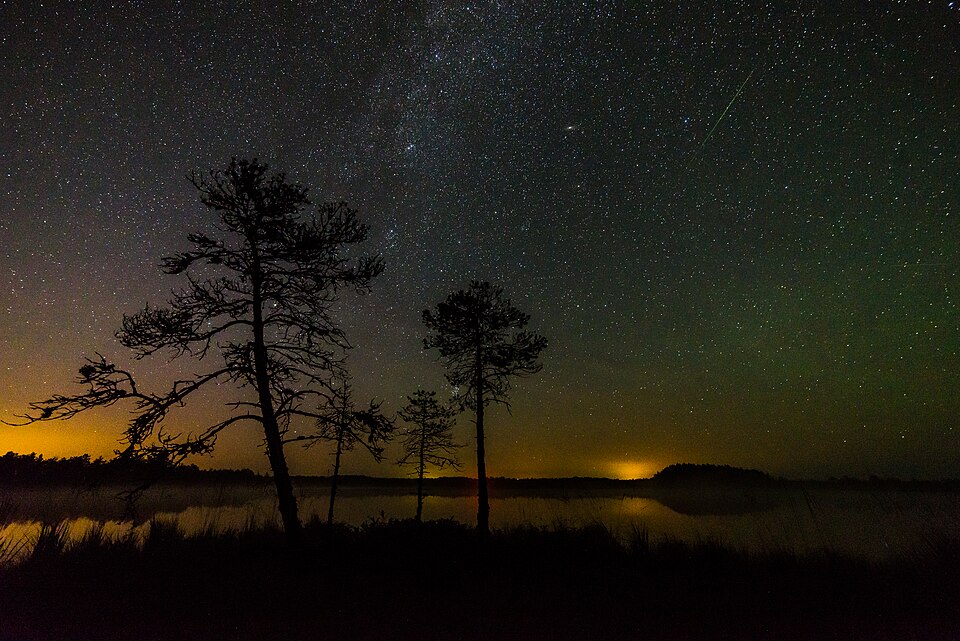Perseids Meteor Shower 2025: Optimal Viewing Conditions in UAE

Stargazers in the United Arab Emirates (UAE) are poised to witness an early glimpse of the Perseids meteor shower on July 24, 2025, as the absence of moonlight offers ideal conditions for observing this celestial spectacle. Typically peaking in mid-August with the potential for up to 100 meteors per hour, this year’s peak coincides with a full moon, which may obscure visibility. However, the July 24 observation presents an opportunity to see 10 to 20 meteors per hour, according to Khadijah Ahmed, operations manager at Dubai Astronomy Group.
The Perseids meteor shower occurs when Earth traverses the densest part of the debris trail left by Comet Swift-Tuttle. Ahmed explained, “On July 24, the shower is still building up, so you might only see 10 to 20 meteors per hour at best, depending on your location, sky conditions and darkness.” The full moon's illumination in August will likely wash out many meteors, making the July viewing particularly significant.
The Perseids are one of the most anticipated meteor showers, recognized for their bright streaks of light as particles enter the atmosphere. The most intense activity typically occurs on August 12 and 13. Despite the expected full moon's interference during peak nights, the Dubai Astronomy Group plans to host a stargazing event on August 12 at Jebel Jais in Ras Al Khaimah, with tickets priced at Dh200 ($54) per adult. Ahmed stated, “We’ll focus more on stargazing, observing all the visible objects in the sky with a sideshow of the meteor.” The event will also consider additional moonless nights for further meteor observation depending on weather conditions.
Mohamed Usama Ismail, lead of optical astronomy and tours at Al Sadeem Astronomy in Abu Dhabi, noted the variability of visibility from year to year. He recounted last year’s experience when a group on August 12 saw few meteors, while those who visited the following night observed over 50. “It’s all about timing and luck,” Ismail remarked.
Concerns about the declining intensity of the Perseids have emerged among astronomers, as some believe the comet's debris has spread over time, leading to fewer visible meteors than in previous decades. Al Sadeem Astronomy does not have a specific public viewing event planned for the meteor shower, although regular observatory tours are available.
Following the Perseids, the next notable celestial event in the UAE will be a total lunar eclipse on September 7, 2025. During this phenomenon, the Moon will pass through Earth's shadow, acquiring a deep reddish hue. Ahmed emphasized the accessibility of this event, stating, “You don’t need any special equipment – just go outside and look up.” The Hunter’s Supermoon is also set to appear on October 7, with additional meteor showers scheduled, including the Orionids on October 21 and 22, the Leonids on November 17 and 18, and the Geminids on December 13 and 14.
In summary, while the Perseids meteor shower presents a unique viewing opportunity this year, the conditions may not align for optimal viewing during the peak dates. Nonetheless, the UAE residents can still enjoy early sightings and look forward to a series of upcoming astronomical events throughout the year.
Advertisement
Tags
Advertisement





